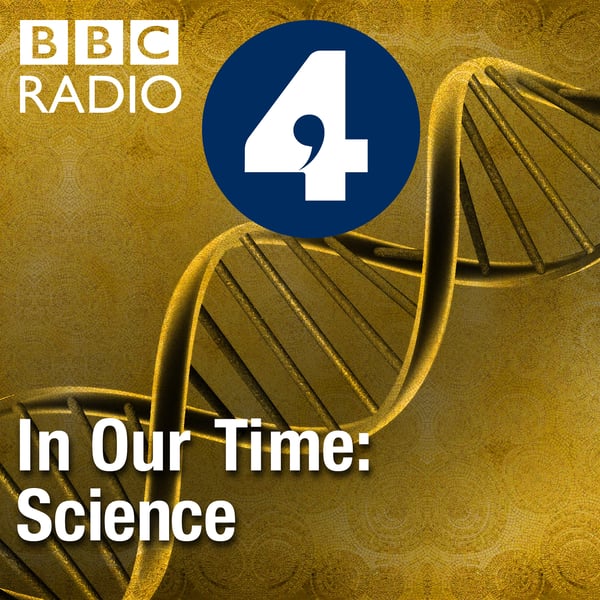Pheromones
In Our Time: Science
BBC
4.5 • 1.4K Ratings
🗓️ 21 February 2019
⏱️ 49 minutes
🧾️ Download transcript
Summary
Transcript
Click on a timestamp to play from that location
| 0:00.0 | BBC Sounds, music, radio podcasts. |
| 0:05.0 | Thanks for downloading this episode of In Our Time. |
| 0:07.0 | There's a reading list to go with it on our website, and you can get news about our programs if you follow us on Twitter at BBC in our time. I hope you |
| 0:15.2 | enjoy the programs. |
| 0:16.2 | Hello, in 1959, scientists discovered pheromones, the chemical signals that make so many |
| 0:22.0 | animals act without thinking or needing to think. |
| 0:24.8 | Ants marching in a line follow pheromones. |
| 0:27.4 | Queen bees keep their status in the hive with them. |
| 0:30.0 | They're the instant code word for bees to swarm, to attack or flee, |
| 0:34.0 | and are the great unconscious signal of sexual attraction across so many species. |
| 0:38.0 | Insects, fish and mammals use them to advance the cause of their own species. |
| 0:42.0 | As for humans, that's debatable as we'll hear. |
| 0:45.4 | With me to discuss pheromones are Tristram Wyatt, senior research fellow at the Department of Zoology |
| 0:50.7 | at the University of Oxford, Jane Hurst, William Preskid Professor of Animal |
| 0:55.0 | Science at the University of Liverpool, and Frances Ratniac's Professor of Apiculture and Head of the Laboratory |
| 1:00.3 | of Apiculture and Social Insects at the University of Sussex. |
| 1:03.6 | Tristramy, what were the first inklings that there was something that could be called pheromones? |
| 1:08.8 | Well, we've probably known about signals between animals right from the beginning of hunting. |
| 1:15.0 | And our accounts of the ancient Greeks knowing about the way that dogs attracted each other by smell, not by the bark. Charles Darwin in his book |
| 1:26.5 | Descent of Man and Sexual Selection writes, during the season of love a musky |
| 1:32.1 | odor is emitted by the glands of the crocodile and pervades their haunt and he described smelly ducks smelly elephants smelly goats |
| 1:41.0 | but the problem was the quantities were so small they couldn't be identified with the chemistry of the time. |
... |
Transcript will be available on the free plan in -2227 days. Upgrade to see the full transcript now.
Disclaimer: The podcast and artwork embedded on this page are from BBC, and are the property of its owner and not affiliated with or endorsed by Tapesearch.
Generated transcripts are the property of BBC and are distributed freely under the Fair Use doctrine. Transcripts generated by Tapesearch are not guaranteed to be accurate.
Copyright © Tapesearch 2025.

